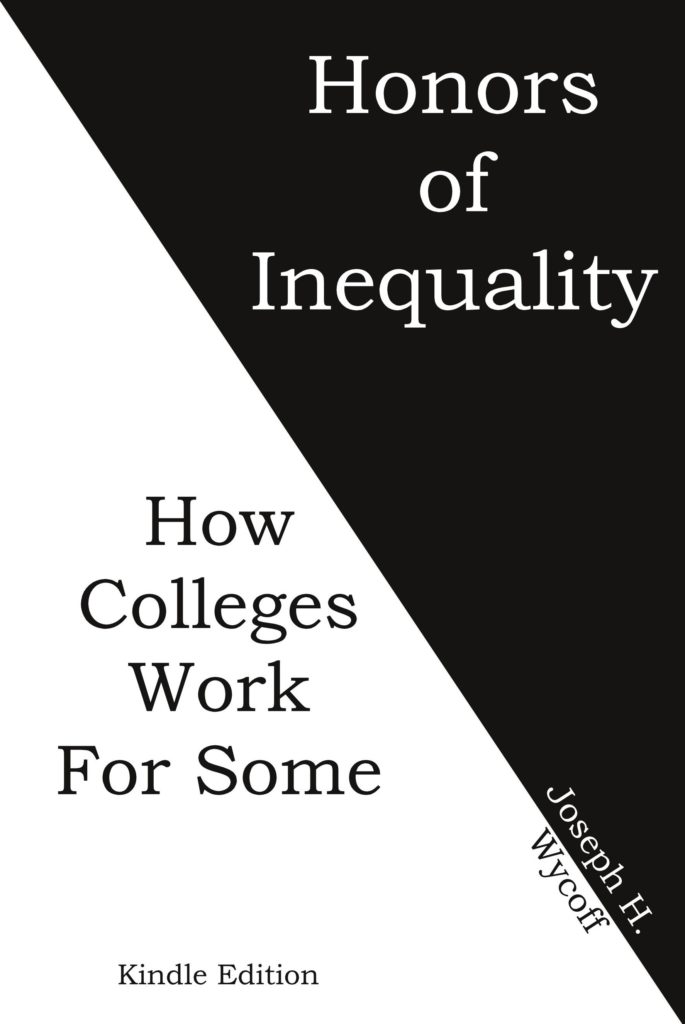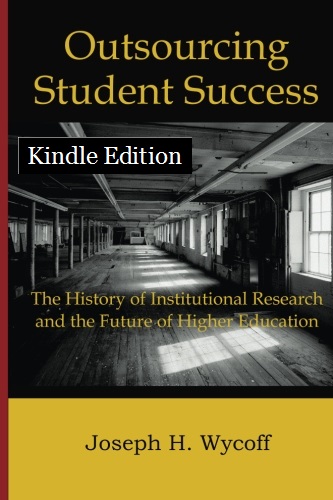| International |
Sweden seeks to become full member of ENQA once again | Full membership of ENQA and notably the legal instrument EQAR will make it easier for Swedish higher education institutions to enter into agreements with universities that have signed these agreements, and in particular establishing joint degrees between Swedish institutions and European institutions will now become an opportunity for Sweden. It would end the current underlying suspicion among colleague universities in Europe when entering into collaborations that something might be fishy with the Swedish system, since they are not a full member of ENQA.
UK universities face cash black hole amid coronavirus crisis | Sources told the Guardian that most universities are planning for new students from China to delay entry until January next year, with online teaching offered. Exams, including English language tests required for visas and university admissions, have been cancelled in China, where 80,000 people have caught coronavirus. In addition, university leaders report that Chinese and other international students are unhappy at the British government’s response to the outbreak, with some asking to suspend their studies, seek a refund and return home.
Enhancing gender equality in India’s higher education | Consider the trends of female participation as per the All India Survey on Higher Education (AISHE) report, in the past six years from 2013-14 to 2017-18. We can clearly see that India has been able to deal with inequalities in higher education, which has resulted in a two-way expansion — in enrolment of female students in higher education along with enlarging the delivery system. Women’s enrolment in higher education, which was less than 10% of the total enrolment on the eve of Independence, has risen to 48.6% in 2018-19. The total enrolment in higher education has grown considerably to 37.4 million, with 19.2 million male and 18.2 million female. Females per 100 male students have also increased significantly in central universities, deemed universities, and government-aided institutions.
Mapping higher education’s literacies of the future | Not only has lifelong learning become a human right, but it is also looked at by some as a social equaliser. Thus, over the past several decades, higher education has evolved from an elitist model of education to a universal model of education. As the world has become increasingly hyperconnected, so has higher education in many ways.
Better Higher Education to Improve People’s Skills in Moldova, with World Bank Support | Moldova’s higher education system will benefit significantly from a $ 39.4 million credit for the Higher Education Project, approved today by the World Bank’s Board of Executive Directors. The project aims to improve the quality, relevance and efficiency of the country’s higher education system so that Moldovans can gain the necessary skills and education to access greater opportunities and improve their lives.
More graduates, but what about skills and employment? | Tertiary education in Sub-Saharan Africa is confronting probably the biggest challenge it will ever face: building up the human capital of a skyrocketing youth population, according to Lucy Heady, knowledge director for Education Sub Saharan Africa (ESSA). She writes this in a recent post on the ESSA website. Heady writes that Africa’s working-age population is expected to double to 1 billion over the next 25 years and 450 million workers are projected to join the workforce. While the potential for a so-called “demographic dividend” is huge, she writes, thus far most universities and technical colleges have simply been expanding class sizes without focusing on quality – “with terrible results”.
| U.S. National |
Adults with No College Experience Far Less Likely to Want More Education | Among adult learners, people with no college experience at all are far less likely to want to return to school — even if time or money were no object. Even those individuals with an associate degree were three times more likely to agree in theory that they’d like to get more education (73 percent versus 20 percent)…Among those adults who definitely planned to get more education, the older the candidate the more tepid the commitment. While three in 10 respondents who were 22 to 24 years old said they were committed to enrolling over the next 36 months, by the time the candidate was 45 to 54 years old, the share dropped to one in 10, and for 55- to 64-year-olds, it was half that.
Can a college completion crisis be solved by students sharing their struggles? | The “WeBelonginCollege” campaign stems from the film “Personal Statement,” which follows three New York City public high school seniors on a challenging journey to navigate college admissions while simultaneously working to help their peers to do the same. The campaign includes powerful, short videos from the film’s new partnership with Get Schooled, a free digital college and job adviser. The Hechinger Report has also been partnering with the film, which was shown at SXSW EDU last year.
Survey of Presidents Shows a Growing Divide in Confidence | Presidents, whose responses were solicited in January, before the onset of the coronavirus became apparent, seem solidly confident in the financial stability of their campuses, with a record-high 69 percent of all college leaders agreeing that their institution will be financially stable over five years, up from 66 percent last year, and 57 percent saying the same over a 10-year period, the same as in 2019. Most presidents also largely play down the possibility that their institutions could merge or close, with the vast majority (84 percent) saying they’ve not seriously discussed mergers with their senior campus colleagues and 85 percent saying they don’t believe their college should merge with another within five years.
The School District Where Students Are Most Likely to Succeed in Every State | Using data from the U.S. Census Bureau and the National Center for Education Statistics, 24/7 Wall St. developed an index of measures, including the child poverty rate, the teacher-to-student ratio, per-pupil spending, the share of adults with a college education, and the high school graduation rate to determine the school district where students are most likely to succeed in every state…One of the most important predictors of a child’s academic success is their poverty status. Children living below the poverty line are more likely to report poor physical health and have reduced ability to concentrate and retain information.
| U.S. States and Territories |
Western Governors University announces partnership with Kentucky community colleges | A private accredited online university has announced a new partnership with The Kentucky Community and Technical College System (KCTCS) that allows Kentucky community college graduates to seamlessly transfer their coursework. According to its website, Western Governors University (WGU) uses an online competency-based learning model as opposed to the traditional, cohort-based class model present at most universities.
Op-Ed: Free Tuition at New Jersey Public Universities May Not Be a Good Idea | A broader policy approach should be explored under the new state strategic plan for higher education, prior to expanding the free college concept to universities from community colleges. The state should reexamine the complexity of shared responsibilities for paying for college, expected college outcomes, and how existing student financial aid programs can be improved to achieve access and affordability objectives. (Darryl G. Greer, PhD, served as Senior Fellow, Stockton University, 2012-2017, and was the founding CEO of the New Jersey Association of State Colleges and Universities, 1986-2011.) [Note: What does it mean when state college and university leaders seek to forestall or squelch support for state legislation designed to make public higher education tuition-free?]
Opinion: Connecticut borrowers some of slowest to repay student loan debt | Using Connecticut’s aforementioned average student loan debt per borrower figure of $38,776, which is the highest in the country, it was estimated that borrowers from the state would fully pay off their student loans in 14.34 years. This estimated timeline was the second longest in the country as only New Hampshire had a longer duration (14.40 years). Connecticut’s wildly high debt-per-borrower figure can be attributed as the main reason why borrowers from the state will be paying off student loans for nearly a decade and a half. Comparatively, the national average for complete student loan repayment was 11.30 years, while the state with the quickest timeline was Utah at 8.14 years.
City Club of Chicago: Charting a Future Course in Higher Education | Audio discussion with Mablene Krueger, M.B.A. the ninth president of Robert Morris University Illinois and Dr. Ali Malekzadeh, the sixth president of Roosevelt University.
| Institutional |
Campuses Close Due to Virus | Colleges in California, New York and Washington — the states where the largest number of cases have been reported — have closed their campuses or moved instruction online for the remainder of the quarter in an effort to contain the spread of COVID-19, the respiratory illness caused by the new coronavirus.
The First Major Campus to Close Its Classrooms Is Nearly Deserted. Colleges Nationwide May Soon Look the Same. [subscription] | Empty classrooms and a shuttered welcome center are among the signs of the University of Washington’s response to the coronavirus.
The Campus Closure Divide | In others, however, the divide seems to be resource-based. For example, the City University of New York was the subject of a barrage of social media complaints this week before the administration chose to suspend face-to-face instruction. Students pointed out that most other institutions in the city, including Columbia, Fordham and New York Universities, had already made the decision, making CUNY a holdout. In another example, within the Pennsylvania State System of Higher Education, the relatively well-off West Chester University, with an endowment of over $40 million, has decided to suspend in-person instruction. But Mansfield University of Pennsylvania, with an endowment of $1 million, had not as of Wednesday evening made a similar announcement.
OPINION: Can debt relief and investment in HBCUs level the playing field for black students? | The black student debt crisis is the result of past and ongoing racial discrimination, while it also reinforces and worsens the inequities that spawned it (see Table 1). Because of this, any effort to address the black student debt crisis must take seriously both the root causes of racial inequalities and how current financing policies in U.S. higher education exacerbate, rather than reduce, these inequities.


